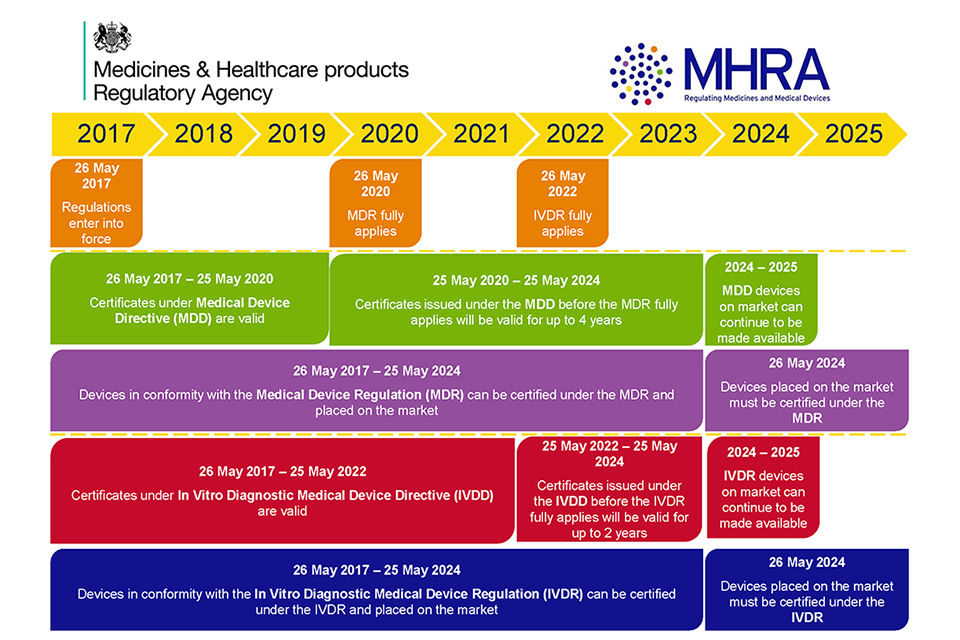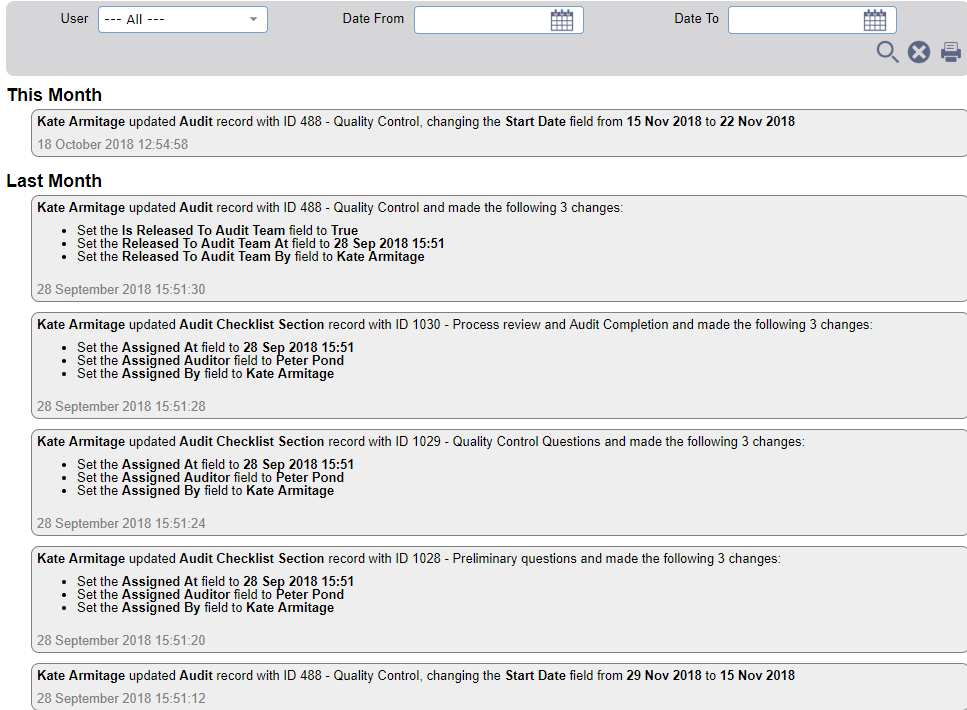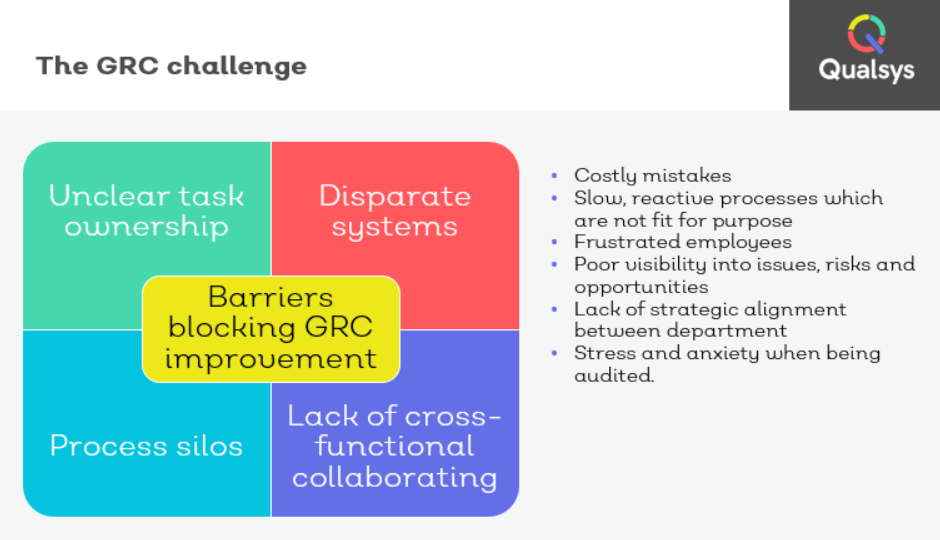Want to contribute to this article?
Despite leaving the European Union in early 2020, the UK remains bound by EU rules until the end of the year.
In 2021 UK agencies, including the MHRA, will be cut loose to chart an independent course - and the MHRA has given a hint of what its new direction will look like in its 2020-21 business plan.
In fact, 3 'fundamental shifts' to the MHRA's strategy have been laid out, which will impact the thousands of British life science organisations which are regulated by the agency.
Let's take a look.

1. Speed to market
Simply put, the MHRA wants UK drug manufacturers to get products to market more quickly than ever, while maintaining 'oversight of safety and clinical impact'.
Developing 'streamlined approaches to supporting innovation' and ensuring UK patients get access to 'highly innovative products' is the first of the MHRA's priorities.
This will be achieved with:
- A National Accelerated Licencing route, to go live on 1 January 2021
- New licencing procedures for biosimilar products
- A 'dynamic and compelling' market entry proposal to be finalised in Q3 2020
It remains to be seen how the MHRA will preserve its due diligence while accelerating its authorisation procedures.
But it's good news for life science quality professionals bringing fresh products to market, who may no longer have to battle through months of rigorous licencing steps and clinical trial data collection.

2. Post-market surveillance
Data, AI and analytics will play a bigger part once products enter the market - probably to offset any increased risk from accelerated market entry.
Post-market vigilance and surveillance will focus on 'lifecycle monitoring' of approved products, underpinned by greater emphasis on artificial intelligence and deep data analytics.
This includes:
- Translating Clinical Practice Research Datalink (CPRD) data into a set of common data models
- Increasing coverage of CPRD data to a quarter of the UK population
- Building a framework for a signal detection process for medicines and medical devices
- Building a dedicated MHRA analytics team and high-performance computing network
- Standardising data analysis and outputs
Data automation and deep analytics are already growing in other industries including manufacturing - so it's not surprising to see the MHRA following suit.
3. Patient impact
Lastly, the MHRA wants to place the patient front and centre, with increased access to information for decision-making and increased engagement with the agency's work.
A 'patient-first culture' will be implemented with a series of new initiatives, including:
- A new patient engagement plan
- Improved website UX
- Increased transparency around data publication
Patients will be given greater awareness of benefits and risks to allow them to make informed treatment choices.
More reading
Take a look at the MHRA's business plan for yourself here.








Share your thoughts on this article